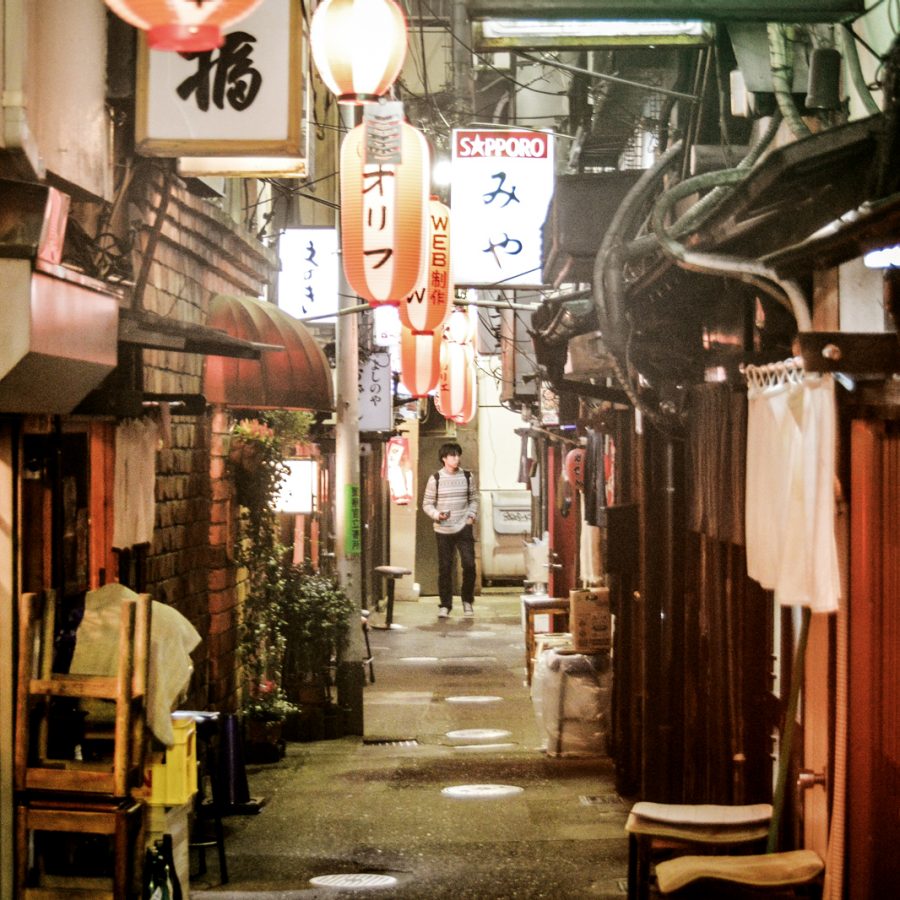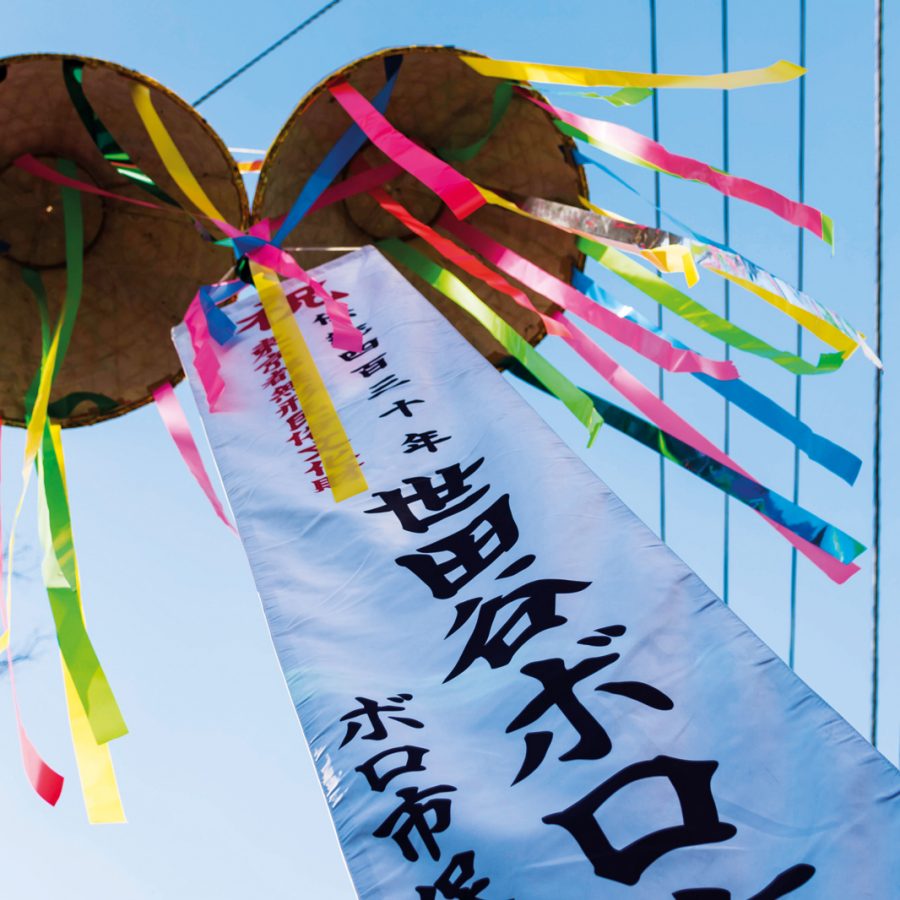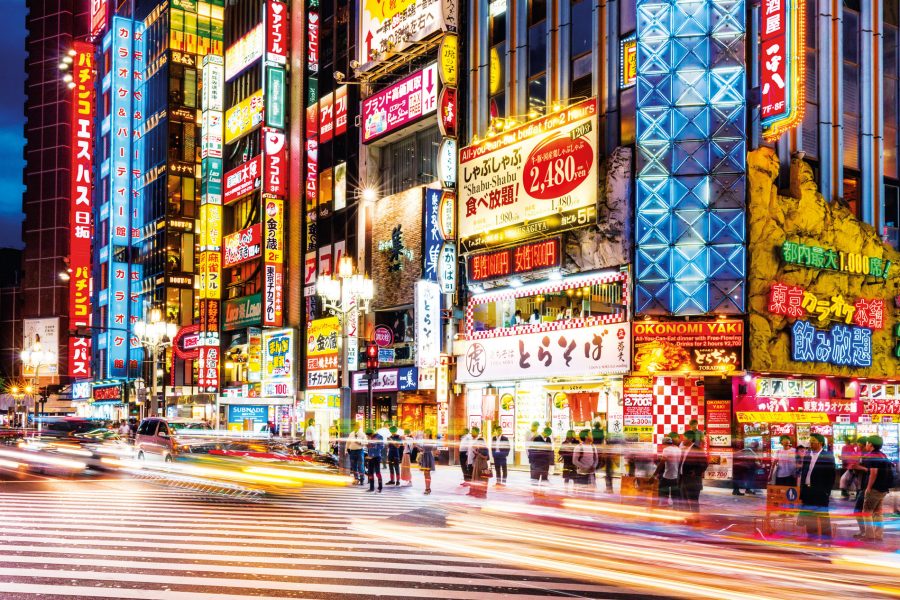Tokyo is a city that barely needs an introduction. Its futuristic landscape of skyscrapers, packed trains, salaryman crowds and round-the-clock neon are as familiar to the outside world as its fresh sushi.
Yet Tokyo, the shiny, densely packed capital of Japan, is also a city that can intimidate visitors – before they arrive, at least – due to its sprawling size, its language and its apparently impenetrable culture.
The reality, however, refreshingly subverts stereotypes. There may well be the illegibly scrawled menus in tiny restaurants; the insanely packed rush hour trains; the confused taxi drivers who don’t speak English. But, as many people discover upon arrival, it’s also a city that’s surprisingly easy to navigate. Most signage is in English, there’s an impressively low crime rate (it’s so safe that six-year-olds travel to school by themselves) and people are always happy to help hapless tourists.
Here’s a selection of the very best Tokyo experiences to add to your itinerary.
The shop: Muji Tokyo
For a dose of lifestyle envy (of the minimal, Marie Kondo variety), head to Muji’s relaunched Tokyo flagship in the Yurakucho district. Don’t miss the full scale Muji Hut (Muji’s vision of a radically simple, 96-square-foot accommodation) that sits inside the cavernous shop, or the on-site market selling seasonal fruits and veggies.
muji.com
The tour: Transcendent Tokyo
Tokyo is home to a transient mish-mash of architectural styles, with the average lifespan of a building a youthful 26 years. Those keen to explore the city with an expert-led architecture tour of Tokyo should sign up for a bespoke three-night Transcendent Tokyo package with the Palace Hotel Tokyo, which includes a half-day or full-day guided tour.
en.palacehoteltokyo.com

The ritual: Sakurai Tea Experience
The art of sipping a cuppa is elevated to near spiritual heights at Sakurai Tea Experience, an exquisitely designed contemporary space in the Aoyama area. Owner and tea guru Sakurai-san (dressed in doctor-like whites) presents a modern take on the traditional tea ceremony, serving Japanese teas using volcanic spring water from southern Japan – from green tea blended with seasonal persimmon fruit to teas roasted on site – alongside haiku-inspiringly perfect Japanese sweets. The tea theme continues after dark with artfully mixed tea cocktails.
sakurai-tea.jp
The most instagrammable toilet: Yayoi Kusama Museum
The new museum, which opened last October in the Shinjuku district, is a minimal white tower devoted to the eye-popping work of the octogenarian Japanese artist. Highlights include a pumpkin on the roof; a mirrored installation room – and, of course, the selfie-friendly loos: jewellery-box-like enclaves of mirrors covered in signature red polka dots.
yayoikusamamuseum.jp
The hotel: One@Tokyo
As Tokyo races towards its 2020 Olympic reinvention, countless new hotels are springing up across the city – and one of the most recent is One@Tokyo, designed by cult architect Kengo Kuma, who is also currently building the new Olympic Stadium. The 10-storey property – not far from Tokyo SkyTree – has a wooden Jenga-like facade, a spacious lounge and industrial-style guestrooms.
onetokyo.com
The space: Yagicho Honten
A bag of dried seaweed may not be the most enticing souvenir. But Yagicho Honten – a dried food shop dating back nearly three centuries in historic Nihonbashi – not only sells some of the best ingredients in the city for making Japanese dashi (fish broth), it’s also worth a visit for its sleek design (all clean-lined red boxes and raw concrete) after a recent renovation by Jo Nagasaka of Schemata Architects.
yagicho-honten.tokyo
The coffee break: Sidewalk Stand
It’s all about coffee at Sidewalk Stand, a small concrete corner cafe overlooking the cherry-tree-lined river in the creative neighbourhood of Nakameguro. It’s worth visiting for its famously tasty espressos, hot sandwiches, craft beers – and, of course, hipster-watching Tokyo style.
sidewalk.jp

The hangout: Trunk Hotel
It is perhaps Tokyo’s most fashionable convenience store. The all-white space designed by cult creatives Torafu Architects showcases an array of Tokyo-made treats, from nigiri rice balls to craft beers, plus an array of organic toiletries. The store can be found on the terrace of Trunk Hotel, a new design hotel that won the hearts of the city’s fashionistas when it opened its doors in the Shibuya district last May.
trunk-hotel.com
The hack: Tableall
Tokyo is renowned for its tiny, Michelin-starred sushi joints. It’s also famously tricky to get a table – not just due to space, but also a lack of English speakers. Tableall is a new company that aims to save visitors the hassle of unanswered phone calls and baffling Japanese menus by booking for you, with an impressive list of restaurants on its books (Ginza’s Sushi Arai – home to Edomae sushi heaven – among them).
tableall.com
The sub culture: Sailor Moon
Rainbow-bright fashion tribes, round-the-clock boutiques, crepe stands and endless crowds: Harajuku has long been Tokyo’s street trends hub. For a taste of Tokyo
sub culture, head to the world’s first (and very pink) shop devoted entirely to the famed anime cartoon and kids show Sailor Moon, housed in the iconic Laforet complex.
sailormoon-official.com/store

The market: Boroichi
Skip the shiny fashion flagships and get rummaging with locals at Boroichi, a market dating back more than 400 years, which takes place annually during 16-17 January in Setagaya. Traditionally a market for fabric scraps, it’s grown to showcase a cornucopia of Japanese goods, from food to toys to accessories.
The dish: Fukagawa-meshi
One of Tokyo’s most traditional dishes is fukagawa-meshi, a lacquer bowl filled with broth-drenched rice and topped with Japanese asari clams. A fishermen’s favourite, this comfort food is found in low-key restaurants like Fukagawa Kamasho in the east Tokyo neighbourhood of Kiyosumi-Shirakawa – a world apart from zingy Shibuya. Best of all: a bowl of fukagawa-meshi costs just ¥1,070 (HK$75).
Tokyo essentials
● Arriving at Narita Airport? Skip taxis and instead jump on the Narita Express train (jreast.co.jp/e/nex ) – one of the easiest ways to get into town, taking around an hour. Alternatively, take a Limousine Bus (limousinebus.co.jp/en ), which drop visitors at a string of inner-city hotels.
● Haneda Airport (https://tokyo-haneda.com/en/index.html ) is closer to the city centre, and well connected by the Monorail and the Keikyu Line. Taxis cost around ¥7,000 (HK$480).
● Try to have addresses written down in Japanese for taxi drivers (and insist they use the sat nav). Don’t try to open or close doors – they open automatically.
● Also resist the urge to tip, unless you would like cafe staff or taxi drivers to chase you down the street to return your money.
Hero image: iStock Image
Tokyo travel information
- China – the Chinese Mainland, Hong Kong SAR, Macao SAR and Taiwan Region
- Hong Kong SAR - English
- Chinese Mainland (China) - English
- Taiwan, China - English
- 香港特別行政區 - 繁體中文
- 中国內地 - 简体中文
- 中�國台灣 - 繁體中文
- Africa
- South Africa - English
- Asia
- Bangladesh - English
- Korea - English
- Singapore - English
- Cambodia - English
- 한국 - 한국어
- Sri Lanka - English
- India - English
- Malaysia - English
- Thailand - English
- Indonesia - English
- Maldives - English
- ประเทศไทย - ภาษาไทย
- Indonesia - Bahasa Indonesia
- Myanmar - English
- Vietnam - English
- Japan - English
- Nepal - English
- Việt Nam - tiếng Việt
- 日本 - 日本語
- Philippines - English
- Australasia
- Australia - English
- New Zealand - English








